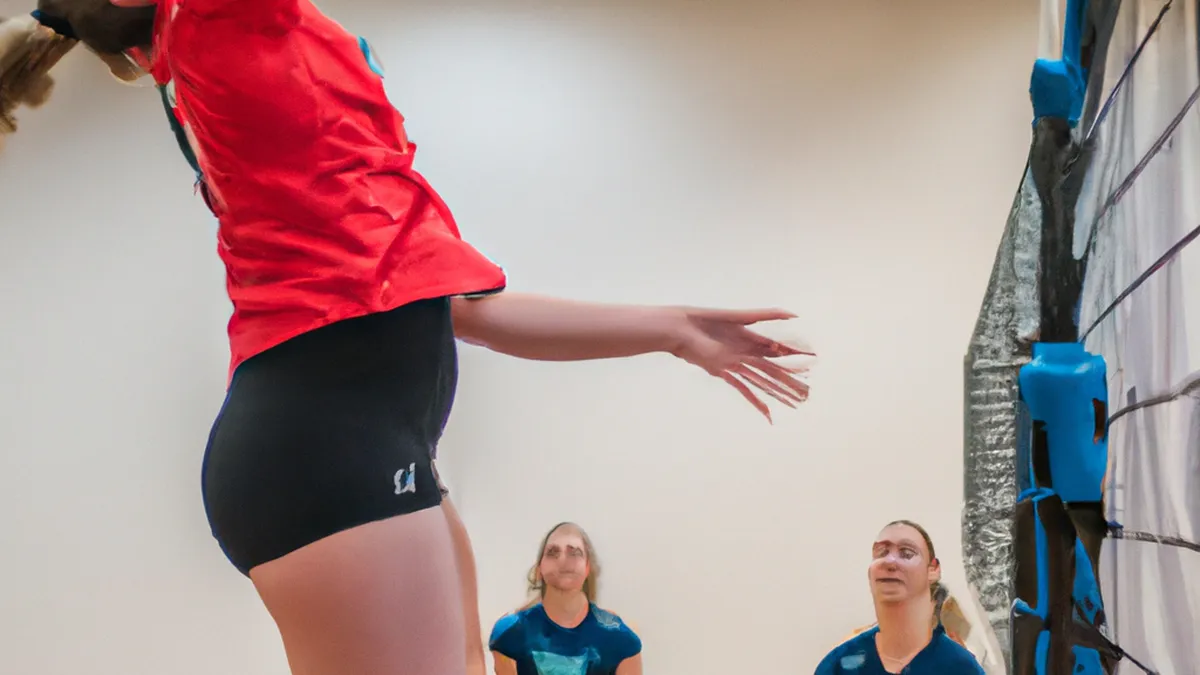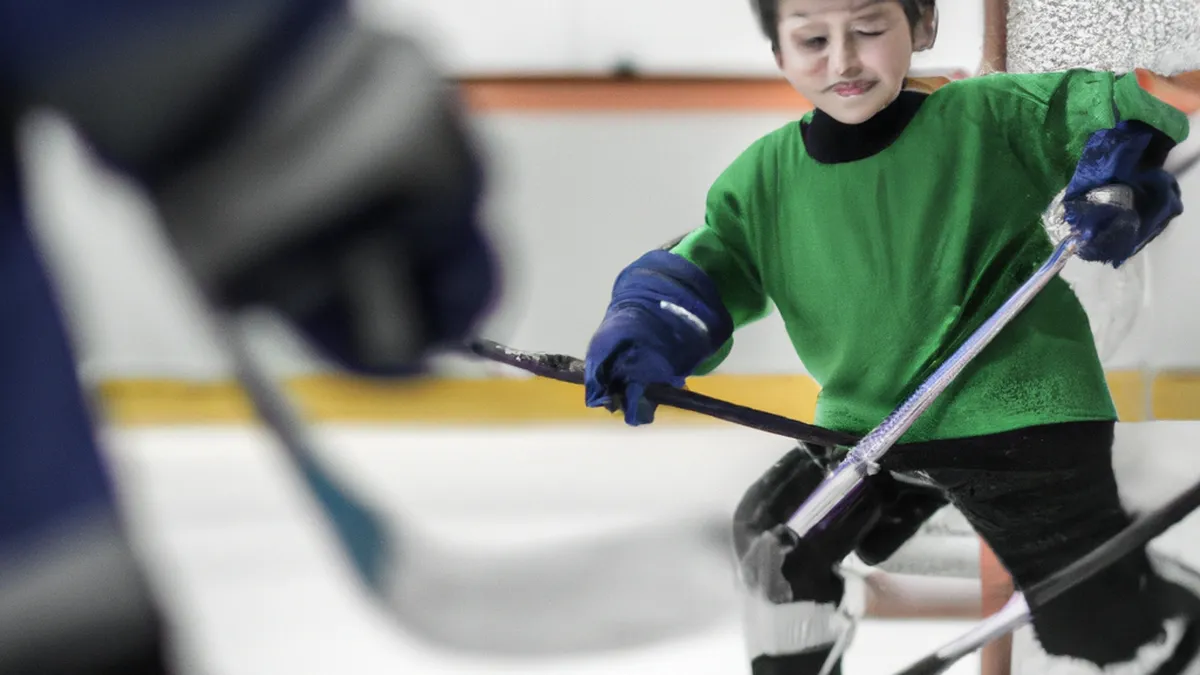Prioritize Clear Messaging for Young Athletes
Communicating Shoulder Care Strategies to Young Athletes
Young athletes often show great passion for their sports. They train hard and dream of success. However, many overlook shoulder care, which is crucial for preventing injuries and ensuring long-term performance. This post guides you on effectively communicating shoulder care strategies to young athletes.
Common Shoulder Issues in Young Athletes
Shoulder injuries frequently affect young athletes, especially in sports with repetitive overhead motions, like baseball and swimming. Overuse, improper technique, and inadequate warm-up often cause these injuries. For example, young baseball pitchers may suffer from rotator cuff injuries or shoulder impingement from excessive throwing without proper preparation. Understanding these issues helps in prevention.
Recognizing Signs of Shoulder Problems
Young athletes may misinterpret shoulder pain as normal exertion. Educate them on listening to their bodies. Signs to watch for include:
– Persistent pain during or after activity
– Limited range of motion or stiffness
– Swelling or tenderness around the shoulder
– A feeling of instability or weakness in the shoulder
Encourage young athletes to report these signs to a coach or parent. Early intervention can prevent severe injuries that might sideline them.
Importance of Warm-Up and Cool-Down
Warming up and cooling down are essential for any training regimen. Many young athletes skip these steps, believing they can start immediately. Warming up prepares muscles and joints, increasing blood flow and flexibility while reducing injury risk.
A proper warm-up should include dynamic stretches that activate shoulder muscles and joints. Examples include arm circles, shoulder rolls, and resistance band exercises. Cooling down activities help with recovery and promote flexibility. Explain to young athletes that these practices are vital for shoulder health and performance.
Tips for Communicating Shoulder Care Strategies
Use Simple Language
When discussing shoulder care, use simple, relatable terms. Young athletes may not grasp medical jargon or complex anatomical terms. Instead of “rotator cuff,” say “shoulder muscles” or “muscles that help you throw.” This makes the information more accessible.
Demonstrate Proper Techniques
Show, don’t just tell. Young athletes learn best through visual examples. Demonstrate shoulder exercises and stretches, guiding them through each movement. Visual aids like videos or diagrams enhance understanding and retention. Young athletes are likelier to practice techniques correctly with visual references.
Encourage Questions
Foster an open environment where young athletes feel comfortable asking questions. Encourage them to seek clarification.
Conclusion
Summarize the insights shared about effectively communicating shoulder care strategies to young athletes. Emphasize the importance of prevention, proper techniques, and open communication.
Below are related products based on this post:
FAQ
What are some common shoulder issues that young athletes face?
Young athletes often experience shoulder injuries due to repetitive overhead motions in sports like baseball and swimming. Common issues include overuse injuries, rotator cuff injuries, and shoulder impingement, often resulting from improper technique or inadequate warm-up routines.
How can young athletes recognize signs of shoulder problems?
Young athletes should be educated to listen to their bodies. Signs of shoulder problems include persistent pain during or after activity, limited range of motion or stiffness, swelling or tenderness around the shoulder, and feelings of instability or weakness. Reporting these signs to a coach or parent is crucial for early intervention.
Why are warm-up and cool-down important for shoulder health?
Warming up prepares the muscles and joints for activity, increasing blood flow and flexibility, which helps reduce injury risk. A proper warm-up includes dynamic stretches that activate shoulder muscles. Cooling down aids in recovery and promotes flexibility, making these practices essential for maintaining shoulder health and enhancing athletic performance.















Post Comment